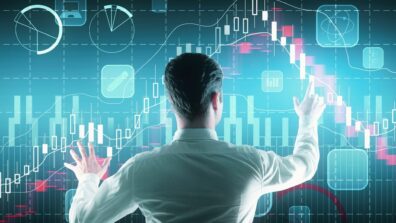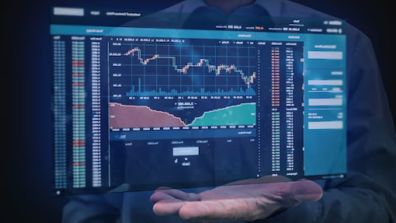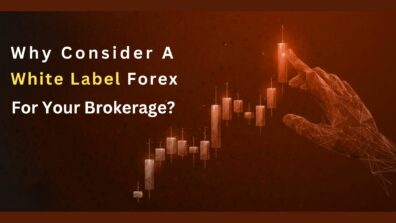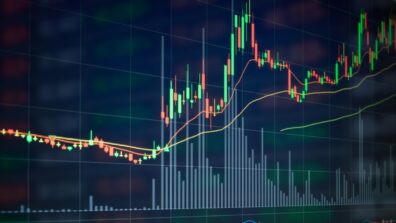One attractive feature of the forex market is the flexible timings which allows you to trade at any time from anywhere based on your convenience. You just need to consider the timings of major trading sessions and then see how it will work with your local time zone. This blog is for all the forex traders from Barcelona who are trying to find an ideal time Read More
Besides, telling you about the best currency pairs that you can trade from Barcelona, I will be sharing some tips to maximise your profit potential by personalising your trading hours as per CET. Before deciding the best time to trade forex from Barcelona, you need to understand Barcelona’s time zone. The Spanish city is located in southwestern Europe and thus it operates within the Central European Time (CET) zone. If we consider the timezone with UTC (Coordinated Universal Time), the standard time can be stated as UTC+1 hour and during DST (Daylight Saving Time), this will turn into UTC+2 hour. This means that the time in Barcelona will be one hour ahead of UTC in general but 2 hours ahead from the last Sunday of March to the last Sunday of October, when clocks are advanced to make the most of the daylight. So, the London session also known as the European session will be an ideal time to trade forex from Barcelona. But since the London session falls within EST (European Standard Time) you will have to convert it to CET. CET is 6 hours ahead of EST. One tool that you can use to avoid any kind of confusion with the time is the time zone converter. This tool will convert the timings of any trading session to your local time zone to make things easier. Beginners are always advised to start with a major pair to stay safe and keep things simple. Since there will be an overlap of the London session and NewYork session, this is the perfect time to trade EUR/USD and other pairs including Euro. You can also trade cross-pairs like EUR/GBP and EUR/JPY. Another major pair that moves a lot during the London session is GBP/USD as it has a strong positive correlation with EUR/USD and they tend to move together in the same direction. Since the Euro is the official currency in Spain, you will have to convert the amount from GBP to Euro to plan your trades in precision. Trading tools like currency calculators make the task of converting currencies easier and give accurate results right away by applying real-time exchange rates. This way, you can also trade pairs that don’t have Euro as the base currency. You should consider your trading style and strategy while selecting suitable currency pairs. If you are a scalper or day trader, you should stick with major pairs to take advantage of liquidity and lower the spreads. This allows you to save on trading costs and maximise your profits. You need to take the volatility and trading volume into account to avoid the risk of slippage. The best time to trade would be 1:00 PM to 4:00 PM CET because this time the market is very active as traders from both the Eurozone and US will be present. Those who are comfortable with the added risk can also trade the exotic pair EUR/TRY which is quite popular due to the high volatility. This results in higher profit potential but the trading cost will be higher due to higher spreads and will not be suitable for those who have a low risk appetite. In this case, it will be better to focus on major and minor pairs only. Because higher risk does not guarantee higher rewards all the time. For managing the risk, you should set an optimal risk/reward ratio and set a stop loss order to cut the losses early. You should not enter a trade if the potential profit is not worth the risk. Enter a trade where the minimum risk-to-reward ratio is 1:2, which means you are ready to give 1 pip to earn 2. To calculate the pip value in your own currency, you can use a pip calculator. This will give you a better idea as to how much you have earned in a trade. No matter what trading style or strategy you follow, you need to keep an eye on the news and economic factors that influence the pairs that you are trading with. If you are trading pairs that include the Euro, you must be aware of the monetary policy of the European Central Bank and keep yourself updated about the changes in interest rates. You should use an economic calendar to know the date and time of ECB meetings and economic data releases. If the economic data from the Eurozone shows high inflation or other signs of economic weakness, it will impact the value of the Euro even if the price charts tell a different story. Thus, you need to consider the fundamental factors along with technical analysis. So, these are some tips that you can follow to trade forex from Barcelona and maximise your profit potential. Take your time to personalise your strategy and always prioritise risk management. Understanding Barcelona’s Timezone & Aligning it with the European Session
Best currency pairs to Trade from Barcelona
Stay Informed About Economic News and Events
Sum Up
Maximising Profit Potential: Tips For Forex Trading In Barcelona’s Time Zone
One attractive feature of the forex market is the flexible timings which allows you to trade at any time from anywhere based on your convenience. You just need to consider the timings of major trading sessions and then see how it will work with your local time zone. This blog is for all the forex traders from Barcelona who are trying to find an ideal time Read More











